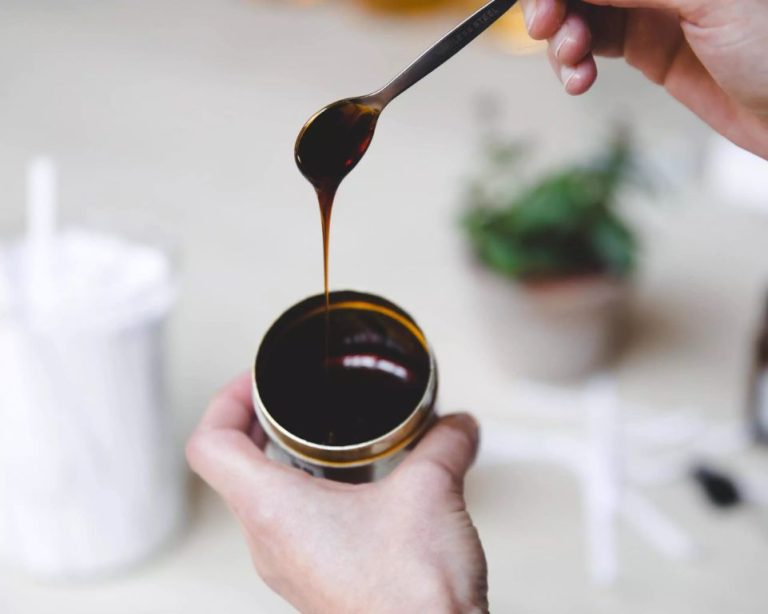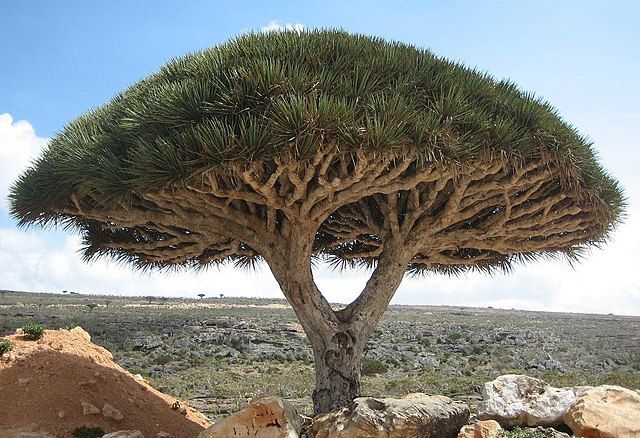What Essential Oil Is Similar To Blue Spruce?
Blue spruce essential oil is distilled from the needles of the blue spruce tree. It has an invigorating and refreshing woody aroma that evokes the scent of a pine forest. The oil has an energizing and uplifting effect that can improve mood and promote vitality.
With its crisp evergreen fragrance, blue spruce oil is perfect for diffusion during the winter months. It brings the essence of the great outdoors inside your home. The scent is also well-suited for massage blends and aromatherapy recipes aimed at increasing energy levels.
If you enjoy the aroma of blue spruce, there are several other essential oils with a similar fresh, woody, evergreen type of scent.
White Fir
White fir essential oil has a fresh, woody, evergreen aroma similar to blue spruce. It comes from the White Fir tree, scientifically known as Abies concolor. This majestic evergreen can grow up to 100 feet tall in the wild and is native to western North America.
The aroma of white fir is often described as clean, crisp, and invigorating. When diffused, it can create a relaxing environment and provide a comforting, grounding scent similar to a walk through an alpine forest. The complexity of white fir essential oil sets it apart from simpler evergreen scents like pine.
White fir shares some aromatic qualities with other firs, as well as pine and spruce essential oils. However, it has its own unique chemical makeup that gives it a more well-rounded, brighter fragrance than other conifer oils. If you enjoy the aroma of blue spruce, white fir is an excellent essential oil to try for a comparable refreshing evergreen scent.
Balsam Fir
Balsam fir essential oil is another option that shares similarities with blue spruce essential oil. Like blue spruce, balsam fir has an invigorating, refreshing evergreen scent. However, balsam fir tends to be warmer, sweeter, and more resinous. It comes from the fir trees Abies balsamea, which are native to eastern and central North America. Balsam fir essential oil is steam distilled from the needles and twigs of the tree.

Also has a forest-like, piney, green scent, but is sweeter, warmer, and more soothing than blue spruce. Balsam fir evokes feelings of crisp mountain air and nostalgia. It’s energizing yet comforting at the same time. Balsam fir is especially known for its grounding, calming properties that can relieve stress.
Siberian Fir
Siberian fir essential oil comes from the Abies sibirica evergreen tree found primarily in Russia. With its woody, pine-like fragrance, Siberian fir is reminiscent of blue spruce essential oil. Both oils emit an energizing, refreshing aroma ideal for revitalizing the mind and body. The invigorating scent of Siberian fir makes it a popular choice in cosmetics, perfumes, soaps, and aromatherapy blends.
Siberian fir shares many therapeutic properties with blue spruce as well. Both are valued for their clarifying and purifying effects. When diffused, Siberian fir essential oil promotes feelings of vitality and acts as an air purifier. It’s also known to soothe sore muscles. Overall, those who enjoy blue spruce essential oil will likely appreciate the clean, refreshing aroma of Siberian fir too.
Douglas Fir
Douglas fir essential oil comes from the Douglas fir tree, which is native to western North America. This invigorating oil has a crisp, refreshing, woodsy scent that is reminiscent of evergreen forests.
With its crisp, woodsy notes, Douglas fir oil is often used like blue spruce oil to evoke feelings of the great outdoors. It has an aroma that is bright and clean, yet soft and warm at the same time. Douglas fir oil can be diffused to purify the air, promote feelings of clear airways and easy breathing, or simply provide an energizing lift.
Douglas fir shares many aromatic qualities with blue spruce but has slightly more complexity and depth. Its scent profile combines herbal, woody, and mildly citrus notes. Douglas fir oil is a great choice for people who love the smell of a fresh Christmas tree.
Pine
Pine essential oil is steam distilled from the needles and twigs of various pine trees. It has an intense, fresh pine aroma similar to blue spruce. The main chemical component that gives pine oil its distinctive scent is alpha-pinene. Some of the key similarities between pine and blue spruce essential oils include:
- Woodsy, forest-like scent
- High amount of alpha-pinene, a monoterpene with invigorating qualities
- Clean, crisp aroma that opens up the airways
- Provides a refreshing and energizing effect
Pine oil can be used just like blue spruce to purify the air, freshen room scents, and provide an uplifting environment. It mixes well with citrus, floral, and spice oils. The affordable price of pine essential oil makes it a budget-friendly substitute for more expensive conifer oils like blue spruce.
Cypress
Cypress essential oil has a bold, invigorating scent profile that is often described as woody and evergreen. Its aroma is reminiscent of fresh-cut cypress trees or pine needles with citrusy top notes. According to the source https://oilsforwellbeing.com/essential-oils/what-does-cypress-essential-oil-smell-like/, cypress essential oil features a woody, evergreen scent with spicy undertones. The oil has an earthy yet energizing fragrance that is both clean and refreshing. When diffused, cypress oil can help evoke the feeling of a peaceful forest retreat. Its complex aroma makes it a great choice for those who enjoy woody, coniferous scents.
Cedarwood
Cedarwood essential oil has a warm, woody aroma that closely resembles the aroma of blue spruce. According to Young Living, cedarwood has a “woodsy, warm, balanced” scent profile.1 Similarly, Back in Motion describes cedarwood as having a “woodsy, warm, balanced” scent.2 The shared woody and warm aromatic qualities make cedarwood oil an excellent substitute for blue spruce oil. When a recipe or blend calls for a brisk, forest-like aroma, cedarwood can provide a similar sensory experience as blue spruce.
Juniper Berry
Juniper berry essential oil has a fresh, pine-like aroma that is similar to blue spruce. The main chemical component that gives juniper berry its distinctive scent is alpha-pinene. This compound is also found in high concentrations in blue spruce oil. When diffused, juniper berry produces an evergreen, woodsy fragrance with hints of spice and fruit that is reminiscent of a conifer forest. The complex aroma profile makes juniper berry oil an excellent natural substitute for blue spruce. It provides a crisp, green scent with subtle fruity and balsamic notes. Juniper berry mixes nicely with other woodsy oils like cypress, cedarwood, and pine to create a relaxing forest blend.
Conclusion
In summary, there are several woody, piney essential oils that share similarities with blue spruce in aroma and therapeutic benefits. White fir, balsam fir, Siberian fir, and Douglas fir oils all have a fresh, evergreen, forest-like scent reminiscent of blue spruce. Pine and cypress oils also have a crisp, woodsy fragrance profile comparable to blue spruce. Finally, cedarwood and juniper berry oils bring a warm, calming evergreen aroma to mind when diffused, although they are sweeter and spicier respectively. While no oil perfectly replicates the complex bouquet of blue spruce, all of these coniferous alternatives evoke the crisp pine forests and majestic landscapes embodied in Idaho blue spruce essential oil.




